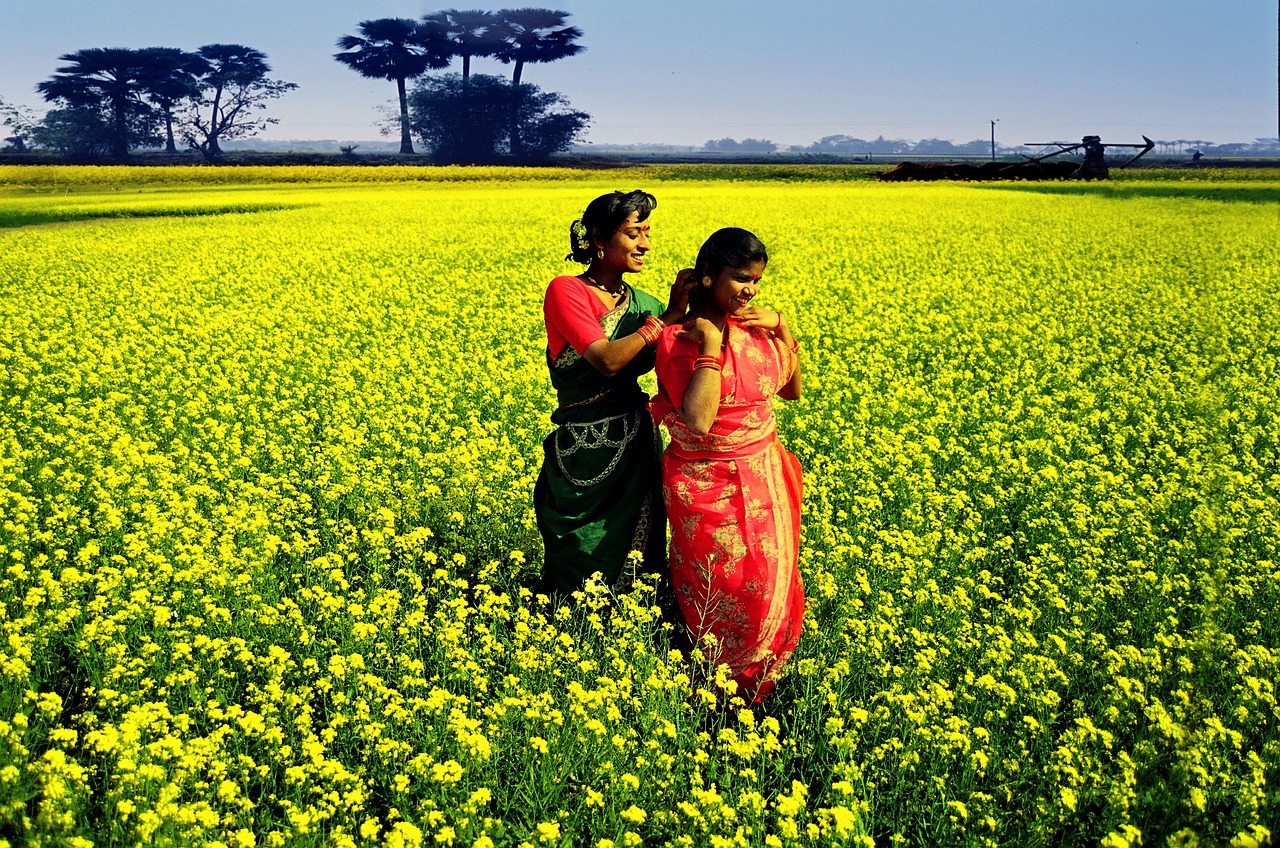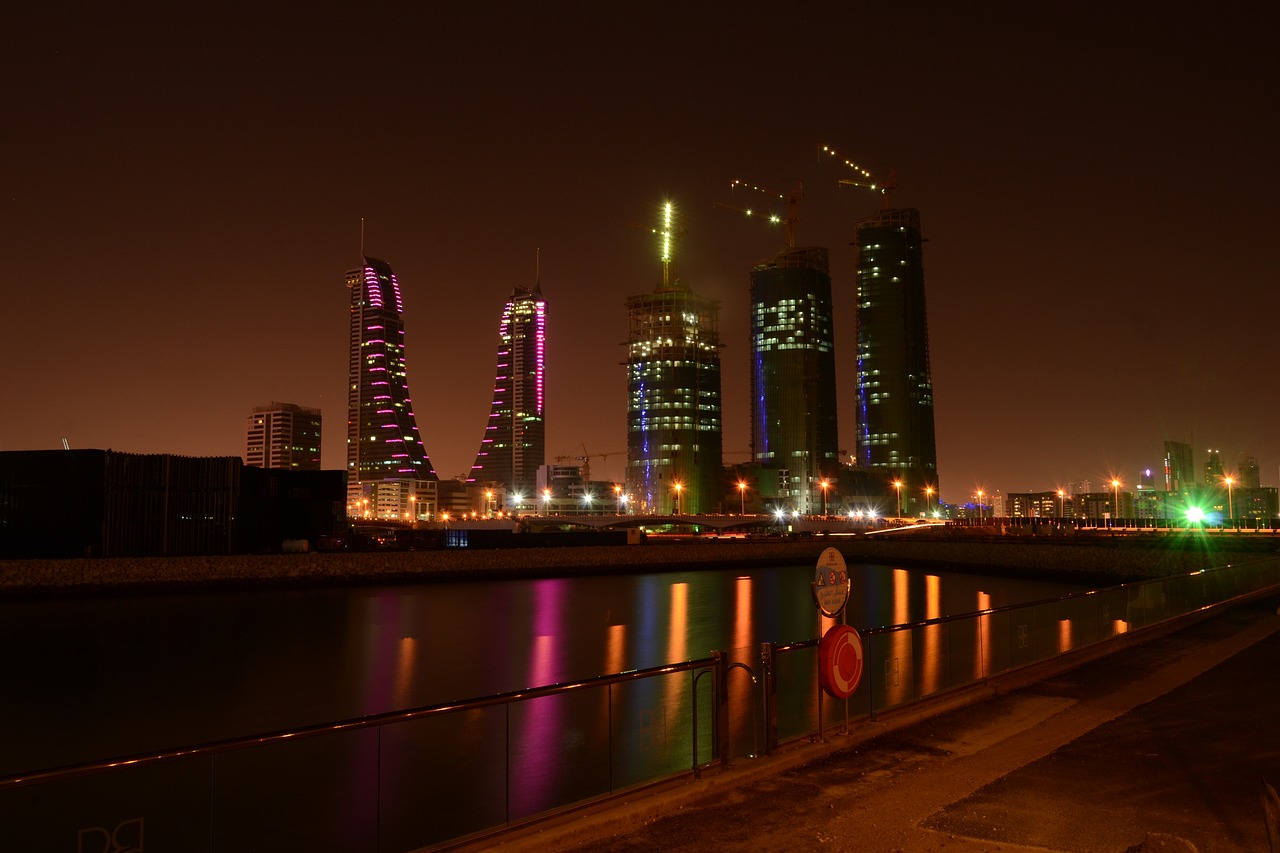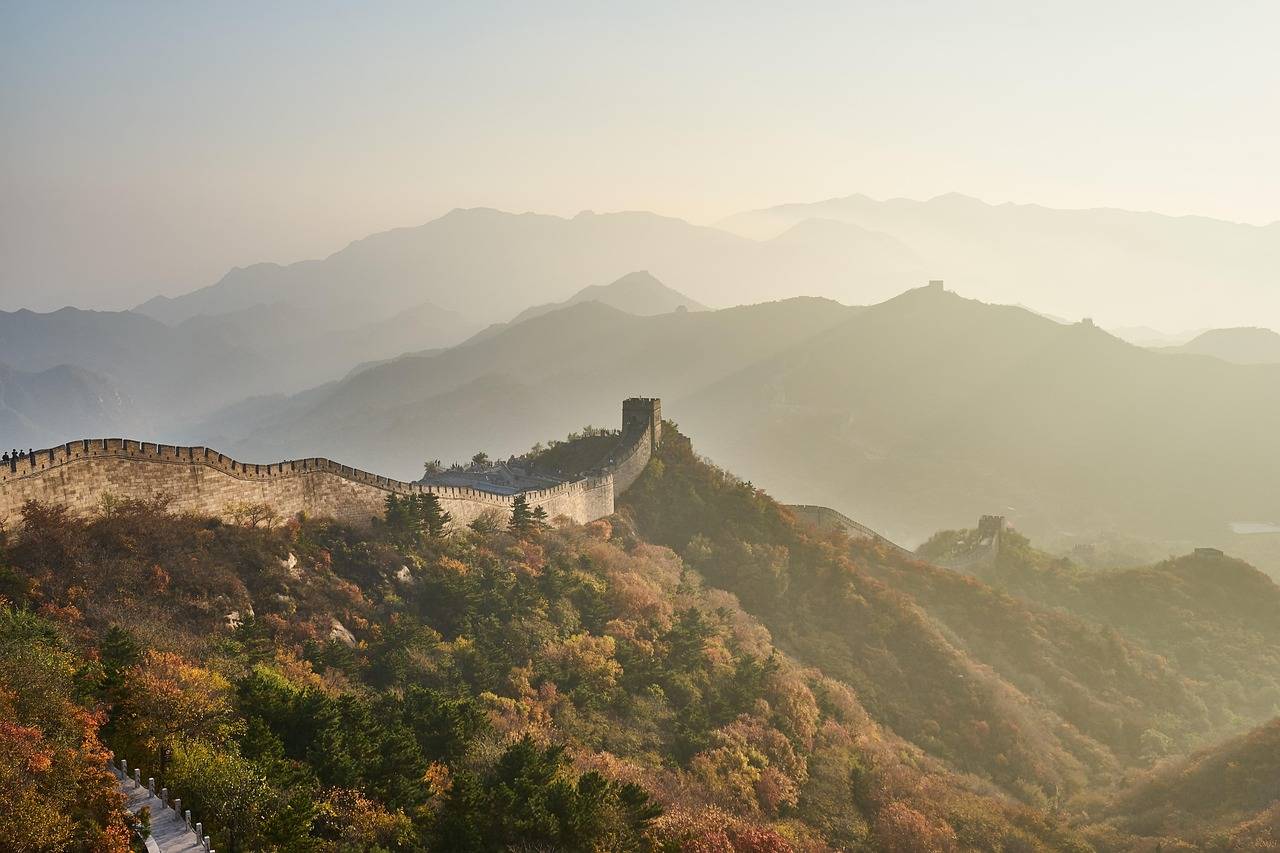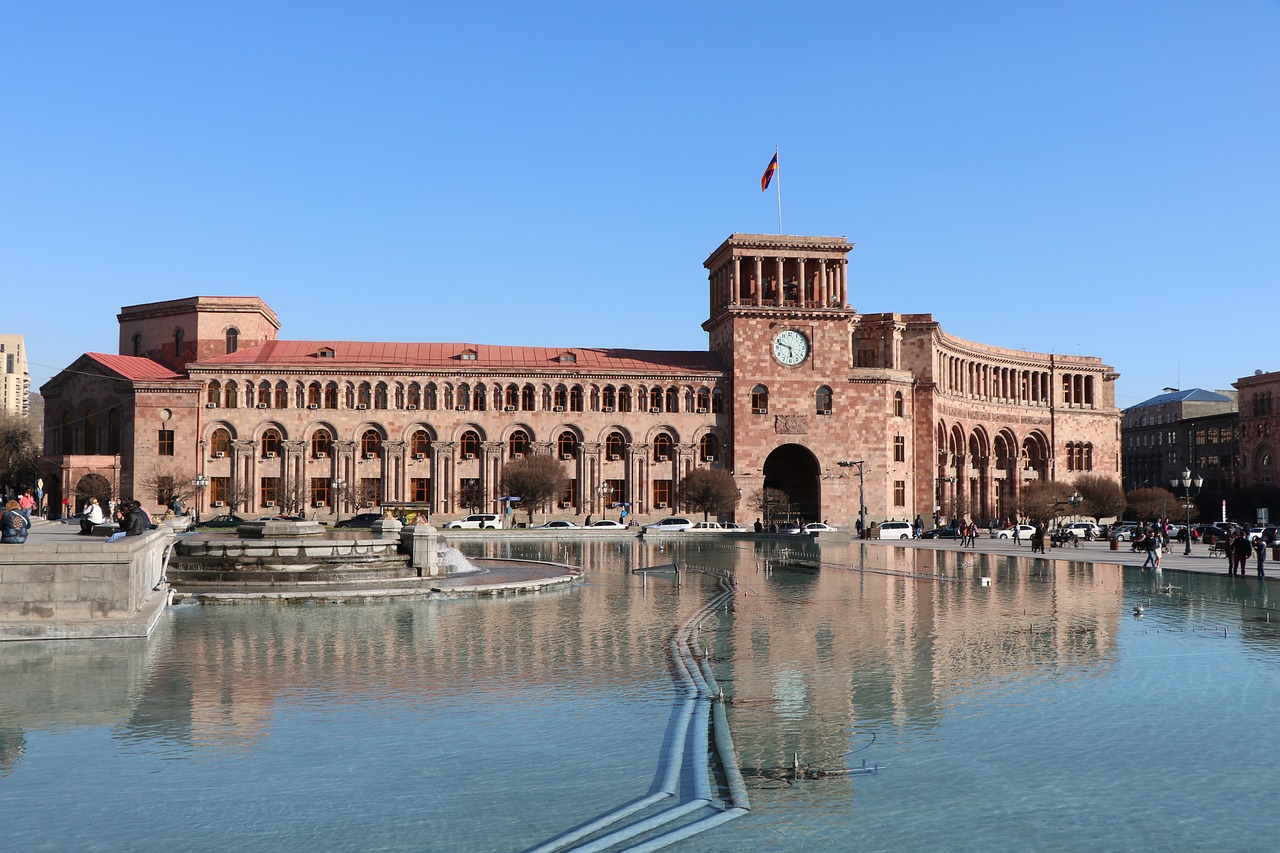30 Facts About Bangladesh
Bangladesh, located in South Asia, is a country with a rich cultural heritage and a diverse ecosystem. With a population of over 160 million people, Bangladesh is one of the most densely populated countries in the world. In this article, we will explore 30 fascinating facts about Bangladesh, shedding light on its history, culture, wildlife, and more.
1. Location and Borders
Bangladesh is situated in South Asia, sharing borders with India, Myanmar, and the Bay of Bengal. Its strategic location along the Bay of Bengal gives it a coastline that stretches for over 580 kilometers, making it an important maritime trade route.
2. Capital and Population
The capital and largest city of Bangladesh is Dhaka, a bustling metropolis that serves as the country’s economic and cultural hub. With a population of over 21 million people, Dhaka is one of the most populous cities in the world.
3. Official Language
The official language of Bangladesh is Bengali, also known as Bangla. It is the fifth most spoken language in the world, with over 250 million speakers worldwide.
4. Independence
Bangladesh gained independence from Pakistan on March 26, 1971, after a nine-month-long war of independence. This marked a significant milestone in the country’s history, as it became a sovereign nation after years of political and social struggle.
5. Cultural Influences
Bangladesh’s culture is a vibrant blend of South Asian, Middle Eastern, and Southeast Asian traditions. The country’s diverse ethnic groups, such as the Bengali, Chakma, and Garo, contribute to its rich cultural tapestry, which is celebrated through art, music, dance, and cuisine.
6. Wildlife
Bangladesh is home to a diverse array of wildlife, with its national parks and reserves providing refuge for iconic species such as the Bengal tiger, Asian elephant, and various bird species.
7. Economy
The Bangladesh economy is primarily based on agriculture, with rice being the country’s main crop. The country also has a thriving garment industry, which is a significant contributor to its economy.
8. Religion
Islam is the dominant religion in Bangladesh, with over 90% of the population practicing this faith. Hinduism, Buddhism, and Christianity are also present in the country.
9. Traditional Dance
Bangladesh is renowned for its traditional dance, which is characterized by graceful movements, vibrant costumes, and rhythmic music. The country’s dance forms, such as the “jatra” and “nazrul geeti,” are an integral part of its cultural heritage and are often performed during celebrations and festivals.
10. UNESCO World Heritage Sites
Bangladesh is home to three UNESCO World Heritage Sites, including the historic city of Bagerhat, the ancient ruins of the Buddhist Vihara at Paharpur, and the Sundarbans mangrove forest, the largest mangrove forest in the world.
11. Traditional Attire
The traditional attire of Bangladesh reflects the country’s cultural diversity and heritage. Men often wear a “lungi,” a long, flowing garment, while women don elegant dresses known as “saris,” often adorned with intricate patterns and vibrant colors.
12. Linguistic Diversity
Bangladesh has a high level of linguistic diversity, with over 40 languages spoken throughout the country. Bengali is the most widely spoken language, followed by Chakma and Garo.
13. Music
Bangladesh’s music is a captivating blend of traditional South Asian rhythms, modern influences, and Islamic heritage. The country’s musical instruments, such as the sitar, tabla, and harmonium, accompany soulful vocals, creating a unique musical experience that reflects the country’s cultural fusion.
14. Cuisine
Bangladesh’s cuisine is a delightful reflection of its diverse cultural influences. Staple dishes include “biriyani,” a flavorful rice dish, and “dal,” a lentil soup. Grilled meat, stews, and soups are also prominent features of Bangladesh’s cuisine.
15. National Parks
Bangladesh has several national parks and reserves that offer opportunities for wildlife viewing and outdoor recreation. The country’s national parks, such as the Sundarbans National Park and Lawachara National Park, are home to a diverse array of plant and animal species, including tigers, elephants, and various bird species.
16. Art
Bangladesh’s art is a reflection of its cultural heritage and creativity. The country’s artists, such as painters, sculptors, and weavers, produce works that showcase the country’s diverse cultural influences and traditions.
17. Festivals
Bangladesh’s festivals are vibrant celebrations that showcase the country’s cultural richness and diversity. The country’s festivals, such as the Pohela Boishakh and Eid al-Fitr, bring together people from different ethnic groups to celebrate their shared heritage.
18. Education
Bangladesh has made significant strides in improving its education system, with efforts focused on increasing access to education and improving the quality of education. The country’s literacy rate has increased in recent years, with over 70% of the population able to read and write.
19. Sports
Bangladesh’s sports culture is diverse, with cricket being the most popular sport in the country. The country has produced several notable cricket players, such as Shakib Al Hasan and Mashrafe Mortaza, who have played for international teams.
20. Climate
Bangladesh has a tropical climate, with two distinct seasons: a dry season from November to April and a rainy season from May to October. The country’s climate supports a range of agricultural activities, including rice, jute, and tea cultivation.
21. Architecture
Bangladesh’s architecture is a reflection of its cultural heritage and creativity. The country’s traditional architecture, such as the terracotta temples of Bishnupur and the Mughal-era buildings of Dhaka, showcases the country’s unique building techniques and design.
22. Traditional Medicine
Bangladesh has a rich tradition of traditional medicine, with herbal remedies and healing practices passed down through generations. Traditional healers, known as “Kabiraj,” play an important role in the healthcare system, providing treatments for various ailments and promoting holistic well-being.
23. Handicrafts
Bangladesh is known for its vibrant handicrafts, which showcase the country’s artistic talent and cultural heritage. Skilled artisans create intricate textiles, pottery, jewelry, and wood carvings, reflecting the diverse traditions and creativity of the Bangladeshi people.
24. Independence Day
Bangladesh celebrates its Independence Day on March 26th each year. This national holiday commemorates the country’s liberation from Pakistan and is marked with parades, cultural performances, and festivities across the country.
25. Women’s Empowerment
Bangladesh has made significant strides in promoting women’s empowerment and gender equality. Women in Bangladesh play active roles in various sectors, including politics, education, and entrepreneurship. Efforts are ongoing to address gender disparities and promote women’s rights.
26. Bengali Language Movement
The Bengali Language Movement, which took place in 1952, was a significant event in Bangladesh’s history. The movement aimed to establish Bengali as the official language of East Pakistan, which was then part of Pakistan. The movement ultimately led to the recognition of Bengali as an official language of Pakistan and paved the way for Bangladesh’s independence.
27. Film Industry
Bangladesh has a thriving film industry, known as “Dhallywood,” which produces films in Bengali. The country’s film industry has produced several notable actors and directors, such as Shabana Azmi and Satyajit Ray.
28. Ecotourism
Bangladesh offers opportunities for ecotourism, with its diverse landscapes and wildlife. Visitors can explore national parks, such as the Sundarbans National Park and Lawachara National Park, and engage in activities like birdwatching, hiking, and wildlife safaris.
29. Traditional Boat Building
Bangladesh has a rich tradition of boat building, with skilled craftsmen producing boats using traditional techniques passed down through generations. The country’s boats, such as the “shikara” and “dinghy,” are an integral part of its culture and are used for transportation, fishing, and recreation.
30. Resilience and Spirit of the Bangladeshi People
A remarkable fact about Bangladesh is the resilience and spirit of its people. Despite facing challenges, the Bangladeshi people have shown remarkable strength, unity, and determination in overcoming obstacles and building a better future for their country.
Conclusion
Bangladesh is a country with a rich cultural heritage, diverse wildlife, and a vibrant population. From its traditional dances and cuisine to its historical sites and natural beauty, Bangladesh offers a unique experience for those seeking to explore South Asia. With ongoing efforts to promote development, preserve cultural traditions, and protect its natural resources, Bangladesh is poised to showcase its treasures to the world and continue its journey towards progress and prosperity.
Author Profile
- Welcome to my world facts blog! I'm Jay Steph, and I'm here to explore the captivating wonders of our planet. With a thirst for knowledge and a passion for exploration, I unravel fascinating insights about cultures and history. Join me on this awe-inspiring journey as we uncover hidden treasures together. Let's dive into the world of world facts and embark on an incredible adventure!
Latest entries
 AsiaJuly 31, 202330 Facts About Bangladesh
AsiaJuly 31, 202330 Facts About Bangladesh AfricaJuly 31, 202330 Facts About Burkina Faso
AfricaJuly 31, 202330 Facts About Burkina Faso AustraliaJuly 25, 202330 Facts about the Marshall Islands
AustraliaJuly 25, 202330 Facts about the Marshall Islands South AmericaJuly 25, 202330 Facts About Chile
South AmericaJuly 25, 202330 Facts About Chile



